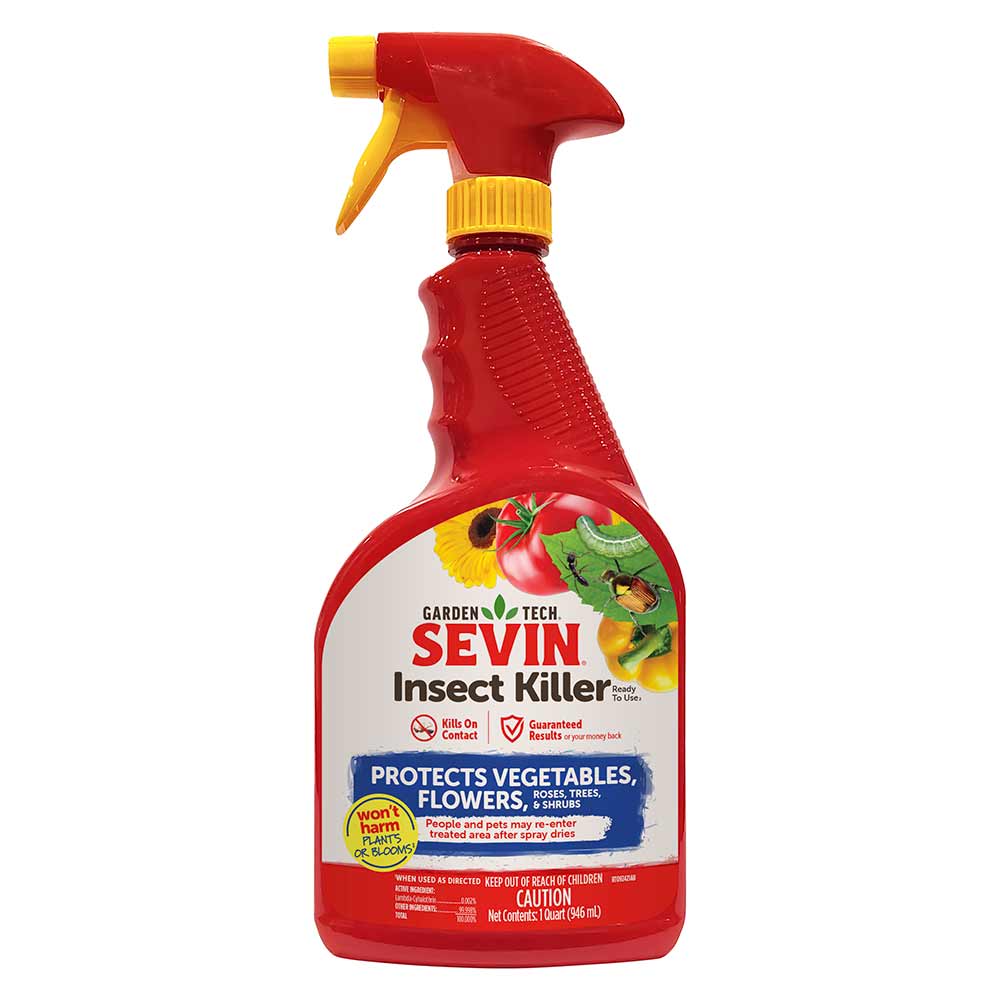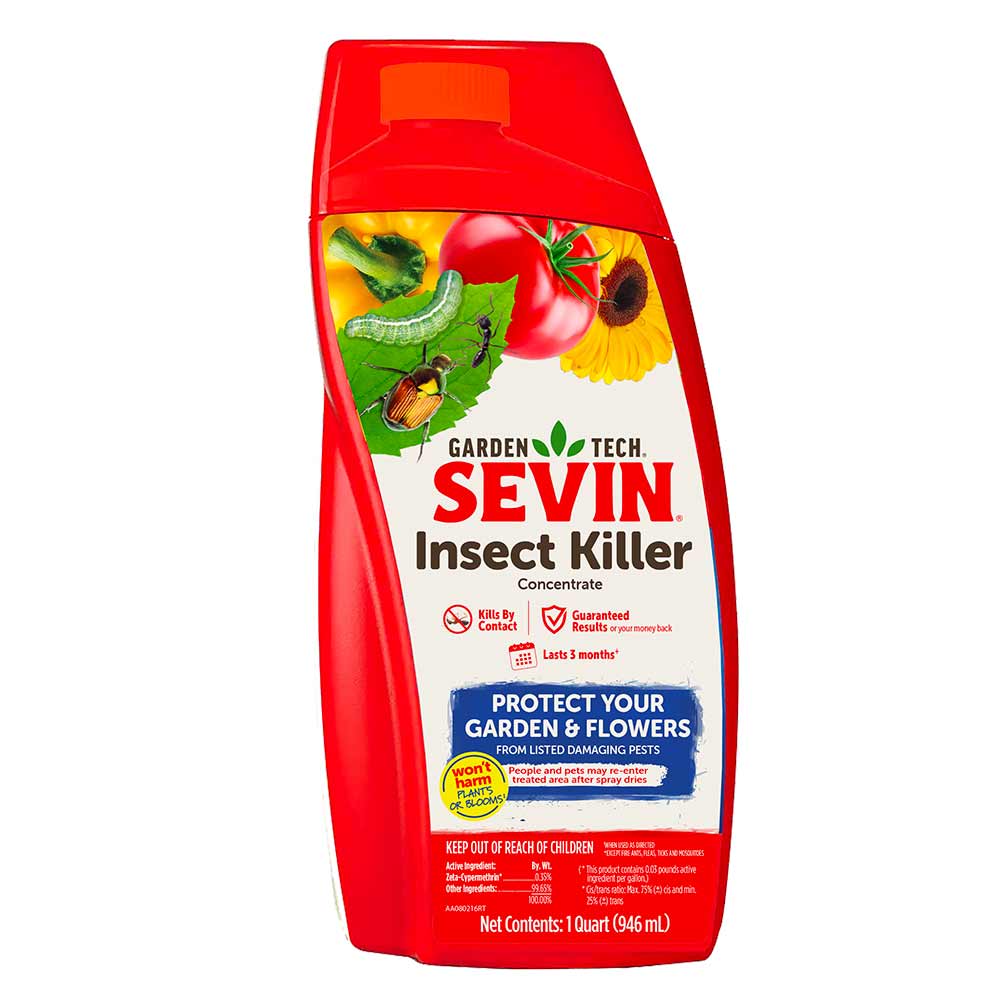Grasshoppers







Grasshoppers are familiar insects across the United States. Several hundred species exist and rarely cause gardeners problems, but several species cause widespread garden destruction. Grasshopper damage often occurs in cycles as populations build from year to year and grasshoppers migrate in search of food. These pests can fly and jump great distances due to stout, winged bodies and large, strong hind legs. When numbers are high and grasshoppers are hungry, they devour and defoliate entire gardens.
Grasshopper Identification
Grasshoppers come in many sizes, colors and patterns, often blending in with the greens, browns and yellows of grass and garden plants. Common grasshoppers grow 3/4 to 2 inches long, but some are much smaller or larger. Occasionally mistaken for crickets, grasshoppers have shorter antennae and larger hind legs than crickets do.
Signs or Damage of Grasshoppers
Most grasshoppers don't target specific plants. They prefer young, tender growth, but they'll feed on all types of plants and plant parts. Their large, chewing mouthparts do extensive damage. Rather than chewing small holes, grasshoppers consume large sections of leaves, flowers, vegetables and fruit.
How to Control Grasshoppers
Grasshoppers often lay their eggs in weedy, unmaintained areas. Then they migrate to cultivated gardens. Effective treatment reaches both gardens and their borders. GardenTech brand offers several highly effective options to kill grasshoppers and protect your plants:
- Sevin Insect Killer Ready to Use2 simplifies treating target plants and smaller garden areas. Shake the container well and adjust the nozzle to spray widely or narrowly depending on your need, then spray plants for complete coverage to kill grasshoppers on contact. For best results, spray both the upper and undersides of leaves.
- Sevin Insect Killer Lawn Granules, applied with a regular lawn spreader, provide effective grasshopper control for lawn and garden areas. Broadcast the ready-to-use granules or use a lawn spreader for full-yard treatments, then water the area immediately to release the active ingredients and kill grasshoppers by contact. These granules keep protecting against grasshoppers for up to three months.
- Sevin Insect Killer Ready to Spray or Concentrate liquids make it easy to treat larger areas. These non-staining formulations are ideal for grassy borders, larger gardens and plantings near your home's foundation. Existing grasshoppers are killed by contact, then these products keep protecting against new grasshopper arrivals for up to three months.
Grasshopper Control Tip: Keep garden areas and nearby borders free of long grasses and weeds where grasshoppers may lay eggs. Till vegetable gardens in fall and spring to expose overwintering eggs and reduce future grasshopper populations.
Always read product labels thoroughly and follow instructions, including guidelines for listed plants and pests, application frequencies and pre-harvest intervals (PHI) for edible crops.
Photo Credit:
"Grasshoppers" by University of Georgia (Bugwood.org) licensed under CC BY 3.0 US
"Spur-throated grasshoppers (Melanoplus sp.)" by Whitney Cranshaw at Colorado State University (Bugwood.org) licensed under CC BY 3.0 US
Is this not your insect?
View all Insects



